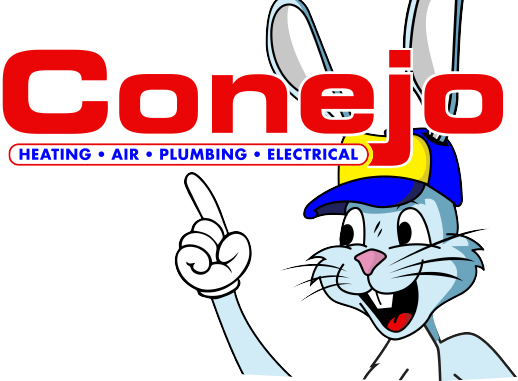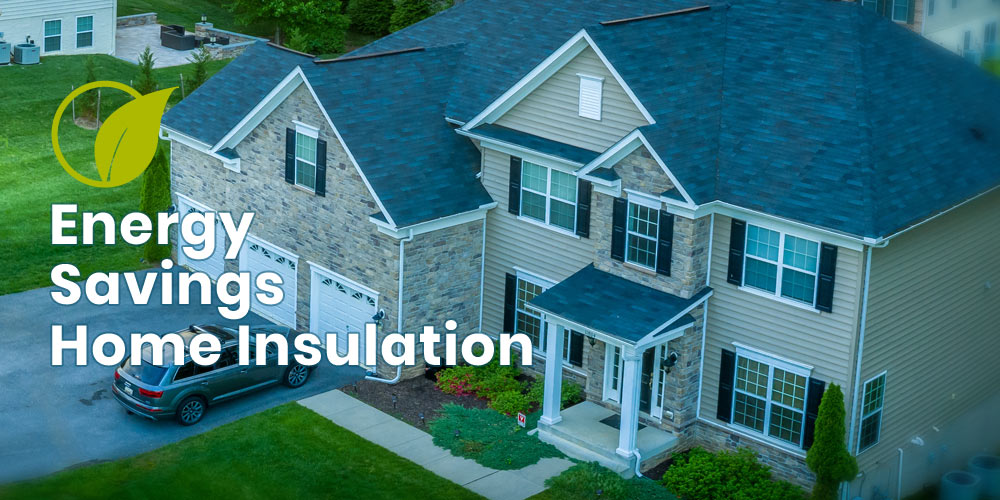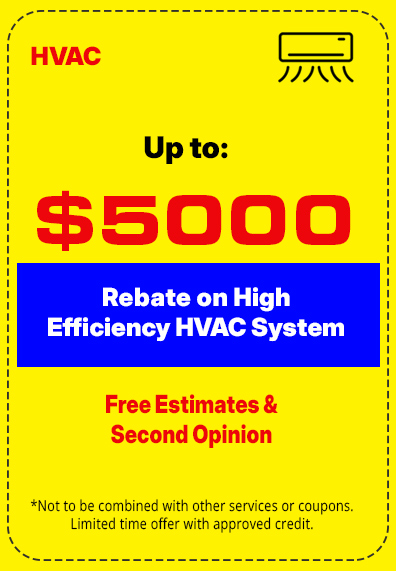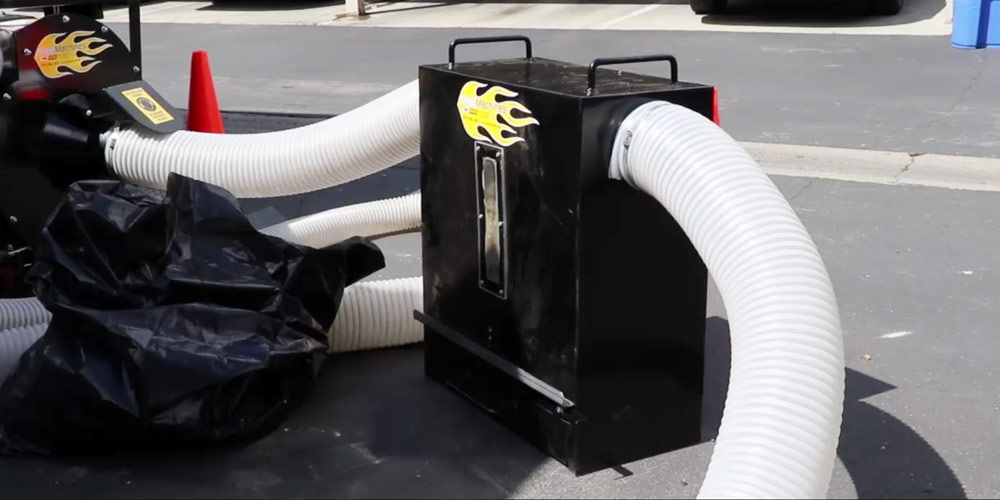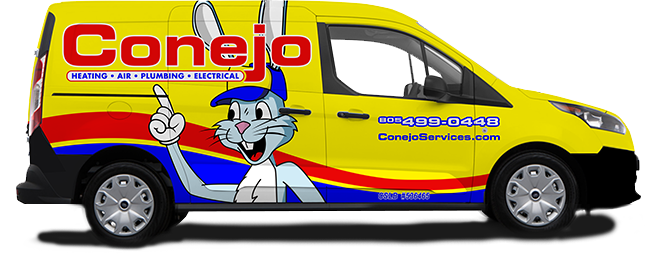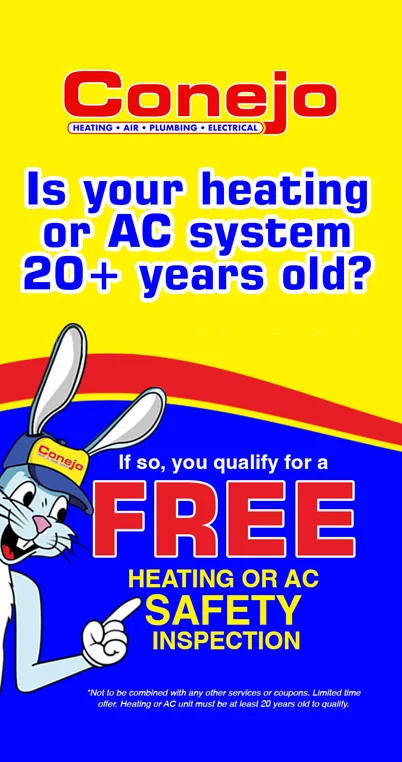If Winter 2021 has shown us anything, always be prepared for any weather, at any time of the year. From blistering hot to cool fall night and then a snow-covered week. Each of those weather types brings unforgettable memories and times we never want to forget, along with energy bills we could don’t want. That lesson brings us to the discussion of benefits that Home Insulation can provide all year long.
Did you know that approximately forty-nine percent of your home energy expense is from cooling and heating? During the peak times of the summer and the winter, that amount spikes. Maybe now is the time, before another scorching summer, to check into Home Insulation in the Conejo Valley and surrounding areas for some quotes on Home Insulation.
Okay, “Maybe.” you think, but just how much will home insulation save you after spending that money to have it installed? Here are a few factors to consider:
Following are the Factors to consider:
Home Insulation: What Is That Exactly?
Home insulation aims to minimize the amount of heat that transfers in and out of your home. There are many types of materials available for insulation today, including fiberglass, mineral wool, polystyrene, and more. There are also various application methods, batting rolls, loose-fill, spray-in foam, and others. Any professional home insulation services group can help you choose what is right for your home.
How Does Home Insulation Work?
With professionally installed home insulation, tiny pockets of air from the attic and walls are trapped, slowing down the heat movement currently escaping your home during the winter or keeps it from coming in during the summer. An “R-value” system measures this home insulation material. Higher numbers mean better insulation.
Does Home Insulation Need Refreshing?
It is reported by the NAIMA (North American Insulation Manufacturers Association) that as many as 90% of all single-family homes do not have ample insulation. Provided your home has insulation in the attic, compare the R-Value of that to what the U.S. Department of Energy recommends. You can find the R-value by looking at the unfinished ceiling and walls where the insulation is exposed or around any electrical outlet.
Other physical indications that your home insulation isn’t sufficient are:
- Temperature varies from room to room.
- Electric or gas bills are incredibly high during cooling and heating use times of the year.
- After an ice storm or snowfall, the roof edges are decorated with hanging icicles during the winter.
- Are the doors and window drafty, or is it around the dryer vent drafty?
RELATED ARTICLE: Your True Guide to Attic Insulation
Comparing Energy Savings to Cost of Home Insulation
Quality insulation is not cheap. Many homeowners get sticker shock and walk away. You have to look beyond that initial expense of Attic Insulation upgrade, though. In addition to the financial savings each month, you’ll enjoy a quieter house too.
An average homeowner can expect a 15% saving on their cooling and heating cost with attic, basement, and crawl space home insulation. In colder areas of the country, that savings goes up to 20% during the winter months. At the very least, you can expect to break even with your ROI with new or upgraded home insulation.
If you have plans of placing your house on the market, upgraded home insulation is a big attraction for home buyers today, meaning you’ll probably get closer to the asking price or more. An additional bonus, upgrading your current home insulation, could earn you tax incentives to finance this endeavor.
What Areas of Your Home Need Insulation?
Your power company may offer a free energy audit, and that will tell you the places you need to focus on having insulation added. There are home insulation services that offer energy audits for a small fee as well. Most homes can expect the attic to be the first place typically listed on any energy audit, mostly for homes built before 1960.
Areas of the attic that typically need insulation are:
- The floor joists: Between and over the joists
- Exterior walls: Including any wall between the house and the garage
- Exposed flooring: Insulating under flooring that stretches above crawlspaces and unheated areas.
- Drafty areas: This includes around the doors, windows, the fireplace, and dryer vent.
Schedule for attic insulation services in different California areas, including all of the Conejo Valley areas and nearby Los Angeles County, Ventura County, and Santa Barbara County regions, with the certified Insulation Contractor, Conejo Valley Home Services.
Is Upgrading Your Home Insulation Worth the Cost?
Absolutely! Upgrading an under-insulated home is an improvement that will have an ROI by way of energy cost savings or getting your asking price on the market. Besides, you’ll be reducing your carbon footprint too!
Schedule for home insulation with the certified blown-in Insulation Contractor, Conejo Valley Home Services. Call us today at 805-499-0448 or contact Insulation experts online for a free in-home consultation in Conejo Valley and the surroundings.
